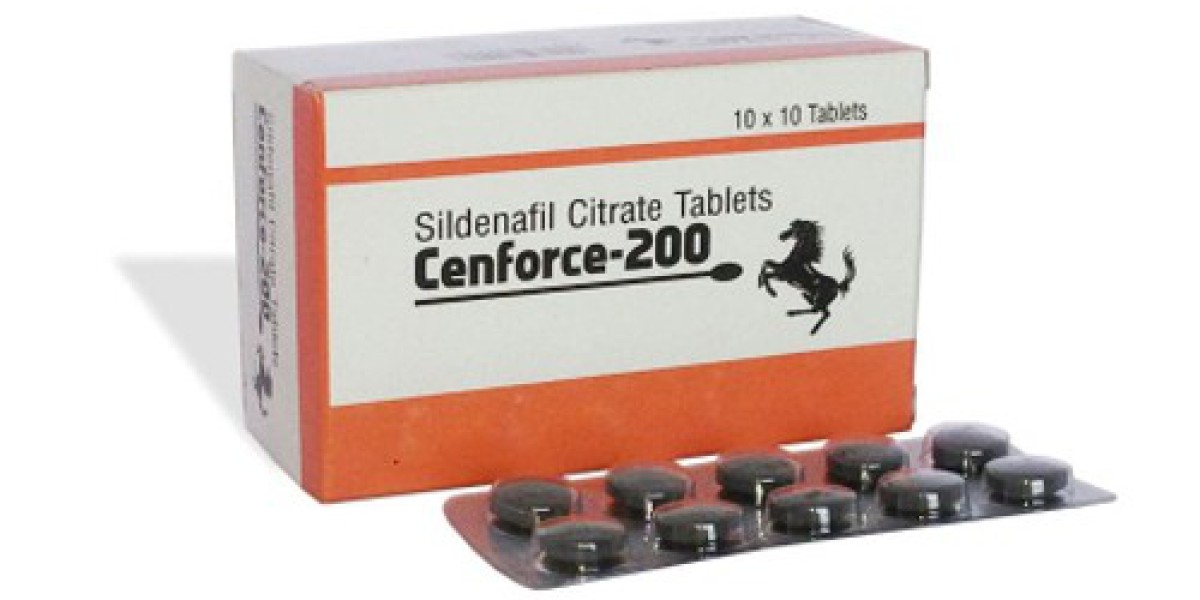How Does Resin 3D Printing Work?
Resin 3D printers use a process called vat photopolymerization, where liquid resin is cured layer by layer using UV light sources. The two most common technologies used in resin printing are:
1. Stereolithography (SLA)
SLA printing uses a laser beam to cure the liquid resin in a precise manner. The laser traces the design on the resin surface, solidifying it layer by layer. This method is known for its exceptional accuracy and smooth surfaces, making it ideal for detailed prototypes and professional applications.
2. Digital Light Processing (DLP)
DLP resin printers use a projector screen to flash an entire layer of light onto the resin at once. Unlike SLA, which uses a laser, DLP solidifies an entire cross-section of the model simultaneously, making it faster than SLA. However, the resolution depends on the projector’s pixel density.
3. LCD (MSLA) Resin Printing
LCD-based resin printing, also known as Masked SLA (MSLA), uses an LED light source shining through an LCD screen to create each layer. This method is often found in budget-friendly resin printers and offers excellent detail at a lower cost.
Advantages of Resin 3D Printing
- High Detail & Smooth Finish – Resin printing can capture tiny details, making it perfect for miniatures, figurines, and jewelry.
- Superior Print Quality – The resolution is much higher than FDM, leading to crisp details and almost no visible layer lines.
- Great for Small & Complex Parts – Resin printers excel at intricate designs, such as medical models, engineering parts, and custom molds.
- Wide Range of Resin Materials – Users can choose from standard resins, flexible resins, tough resins, and even castable resins for specialized applications.
Common Challenges & Solutions
1. Messy & Toxic Resin Handling
Resins are liquid photopolymers and can be toxic if not handled properly. Always wear gloves, a mask, and work in a ventilated space.
2. Post-Processing Required
Unlike FDM prints, resin models require post-processing steps:
- Rinsing in isopropyl alcohol (IPA) to remove excess resin
- UV curing to fully harden the print
- Sanding & priming for a perfect finish
3. Fragility of Prints
Some standard resins can be brittle, but tough resins offer improved strength for functional parts.
Conclusion
Resin 3D printing is a game-changer for high-detail and professional-grade prints. With its ability to produce intricate models with stunning quality, it has become a go-to technology for hobbyists, engineers, artists, and manufacturers. While resin handling and post-processing require extra care, the final results make it a worthwhile investment for those seeking top-tier 3D prints.














